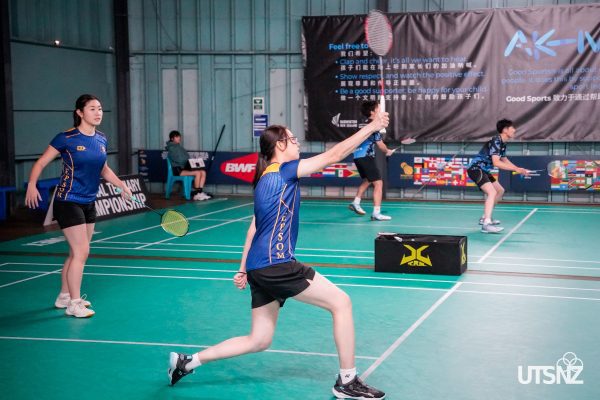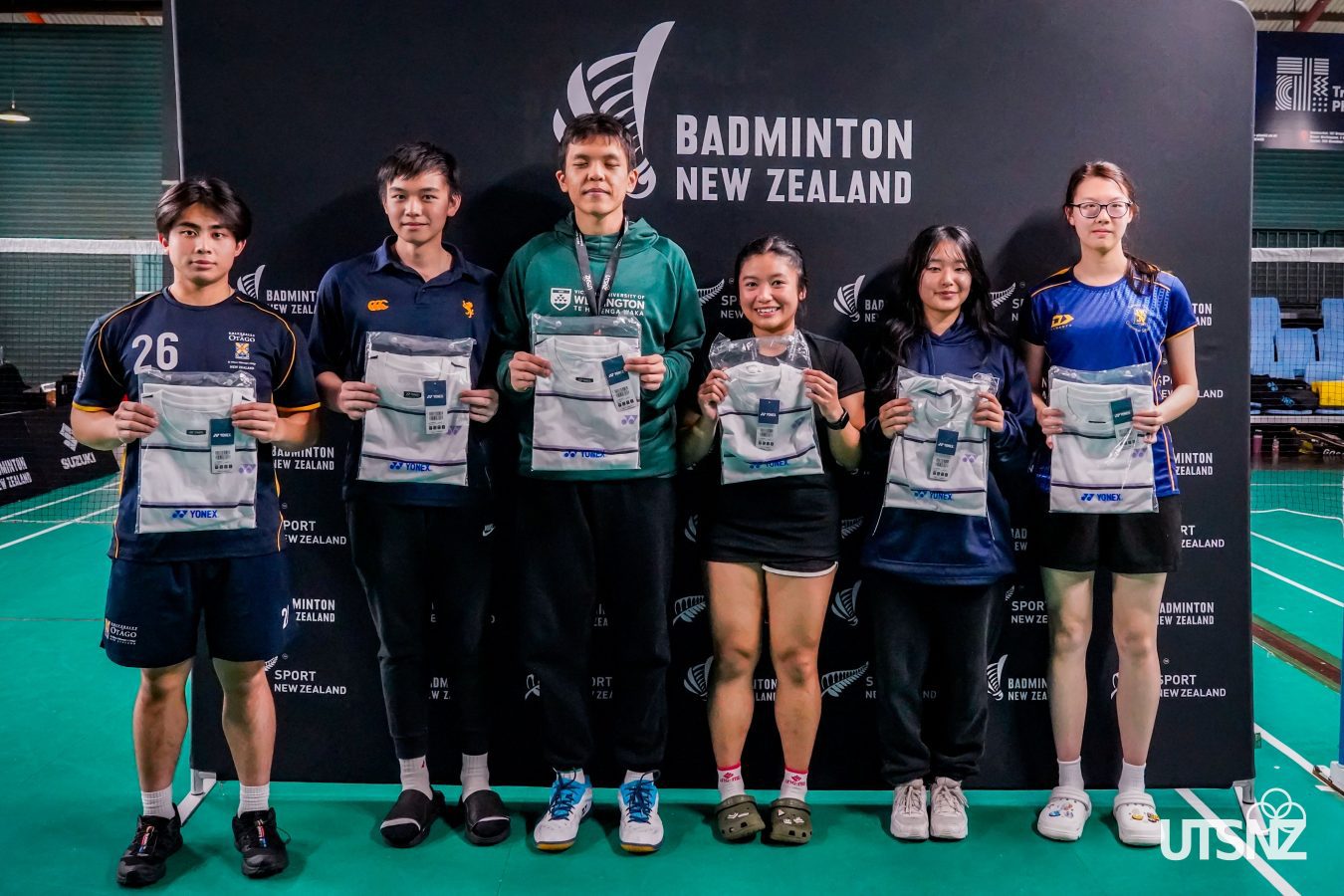A new and exciting addition to this year’s New Zealand Tertiary Badminton Championships was the inclusion of a Secondary School Invitational Team - a move designed to highlight and strengthen the development pathway for emerging players.

Held last weekend, the national tertiary event brought together university teams from across the country in a spirited competition showcasing the depth of badminton talent at the post-secondary level. The Secondary School team, comprised of some of New Zealand’s top young players from Auckland Grammar School and Epsom Girls Grammar School, proved they were more than capable of matching their older counterparts.
Placed in one of the initial round-robin groups, the secondary school side stormed through the group stage with three consecutive tie wins, underlining both their individual skill and team cohesion. Despite being ineligible for the medal playoffs due to invitational status, their results turned heads throughout the venue and reinforced the value of their inclusion.
Following their unbeaten group performance, the team entered the 5th–8th place playoff bracket. They continued their strong form, ultimately finishing 5th overall after securing a final playoff victory. Across the entire weekend, the young squad dropped just five matches - a remarkable feat against older and more experienced opposition.
Further validating the calibre of the secondary school athletes, two players - Markis Tew and Eva Chen - were named in the Tournament Team, an honour reserved for standout performers across all teams. Their selection not only reflects their individual excellence throughout the competition, but also demonstrates the impact that younger athletes can have at higher levels of play when given the opportunity.

Pathway Development in Action
The success of the Secondary School Invitational Team has sparked conversation around the importance of visible and meaningful pathways for junior players. By providing an opportunity to compete in a tertiary-level environment, Badminton New Zealand has demonstrated a commitment to bridging the gap between school-age and university sport - helping to ensure talented young players stay engaged and continue developing beyond secondary school.
Including this team not only gave players a valuable competitive experience, but also allowed tertiary teams and institutions to see first-hand the future of the sport. The initiative serves as a promising blueprint for how to integrate emerging athletes into higher-level competition, fostering stronger connections across all levels of the badminton community.
As the sport continues to grow, opportunities like this are essential to retaining talent, inspiring younger players, and building a more robust high-performance pipeline.